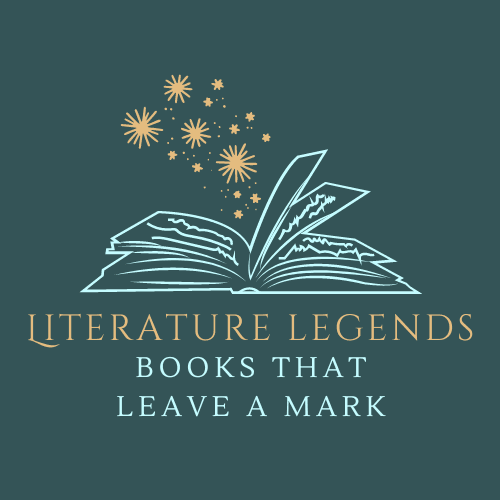What is Gothic Horror?
Gothic horror is a subgenre of horror literature that combines elements of the supernatural, the macabre, and the psychological. Originating in the late 18th century, it is characterized by its dark, mysterious settings, complex characters, and themes of decay, madness, and the uncanny. This genre often explores the darker sides of human nature and the fears that lurk in the shadows of the human psyche.
Gothic horror is a distinct subgenre of horror literature that has specific characteristics that set it apart from other forms of horror. Here are some key differences:
1. Setting: Gothic horror often features dark, atmospheric settings, such as old castles, decaying mansions, or remote landscapes. These locations contribute to a sense of isolation and foreboding, creating a backdrop that enhances the eerie mood. In contrast, other horror subgenres may take place in more contemporary or varied settings.
2. Themes: Common themes in Gothic horror include madness, the supernatural, and the exploration of the human psyche. It often delves into issues of identity, morality, and the duality of human nature. While other horror subgenres may focus more on physical threats (like monsters or serial killers), Gothic horror tends to emphasize psychological terror and existential dread.
3. Characters: Gothic horror frequently features complex characters, including tormented protagonists, tragic heroes, and mysterious antagonists. These characters often grapple with their inner demons and moral dilemmas. In contrast, other horror subgenres may focus more on archetypal characters or straightforward villains.
4. Supernatural Elements: While supernatural elements are common in many horror stories, Gothic horror often incorporates them in a way that is deeply tied to the characters’ emotions and the setting. Ghosts, curses, and other supernatural occurrences in Gothic literature often serve as metaphors for psychological states or societal issues.
5. Romanticism: Gothic horror is often intertwined with elements of Romanticism, emphasizing emotion, the sublime, and the beauty of decay. This contrasts with other horror subgenres that may prioritize shock value or visceral fear over emotional depth.
6. Narrative Style: Gothic horror often employs a more elaborate and descriptive narrative style, using rich language to evoke mood and atmosphere. This contrasts with other horror subgenres that may adopt a more straightforward or minimalist approach to storytelling.
7. Historical Context: Gothic horror emerged in the late 18th century and has historical roots in Romantic literature. It often reflects the anxieties and cultural tensions of its time, such as fears of the unknown, the supernatural, and the breakdown of societal norms. Other horror subgenres may arise from different cultural contexts and reflect contemporary fears.
In summary, while all horror literature aims to evoke fear and unease, Gothic horror distinguishes itself through its emphasis on atmosphere, psychological complexity, and the interplay of the supernatural with human emotion.
Gothic horror literature emerged in the late 18th century and has been shaped by various authors over the years. Some of the main authors associated with this genre include:
1. Horace Walpole – Often credited with starting the Gothic genre with his novel The Castle of Otranto (1764), which features supernatural elements and a dark, medieval setting.
2. Mary Shelley – Best known for her groundbreaking novel Frankenstein (1818), which combines elements of Gothic horror with themes of science and the human condition.
3. Edgar Allan Poe – A master of macabre and psychological horror, Poe’s works such as “The Tell-Tale Heart,” “The Fall of the House of Usher,” and “The Masque of the Red Death” are quintessential examples of Gothic horror.
4. Bram Stoker – Author of Dracula (1897), Stoker’s novel is a seminal work in Gothic literature, exploring themes of fear, sexuality, and the supernatural.
5. Anne Radcliffe – Known for her novels such as The Mysteries of Udolpho (1794), Radcliffe’s works often feature strong heroines, mysterious settings, and psychological tension.
6. Nathaniel Hawthorne – While not exclusively a Gothic writer, his works, including The Scarlet Letter and The House of the Seven Gables, incorporate Gothic elements and themes of sin and morality.
7. M. R. James – A key figure in the development of the ghost story, his tales often blend academic settings with supernatural horror.
8. Shirley Jackson – Known for her psychological horror, works like The Haunting of Hill House and “We Have Always Lived in the Castle” contain strong Gothic elements.
These authors have significantly contributed to the development and evolution of Gothic horror literature, influencing countless writers and the genre as a whole.

